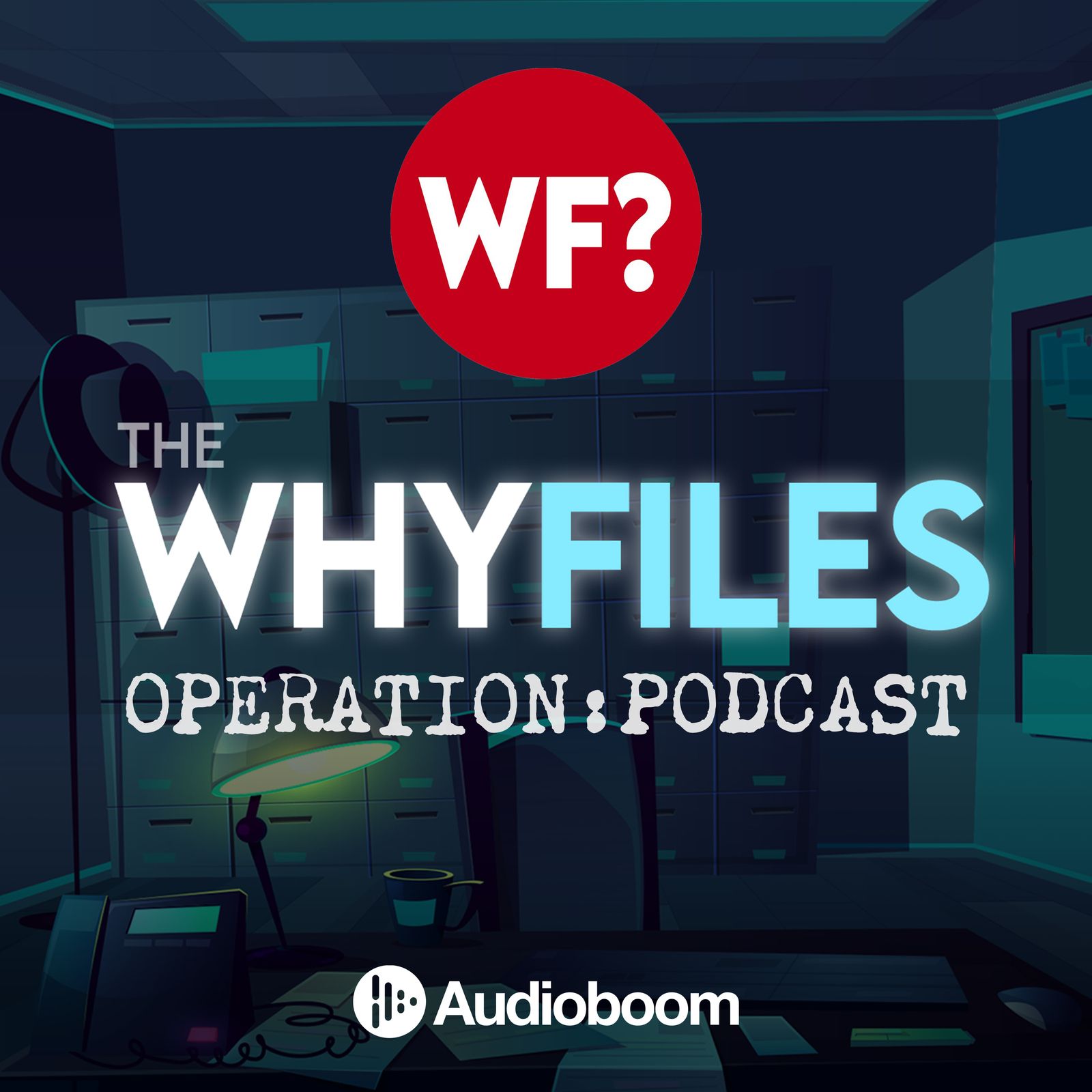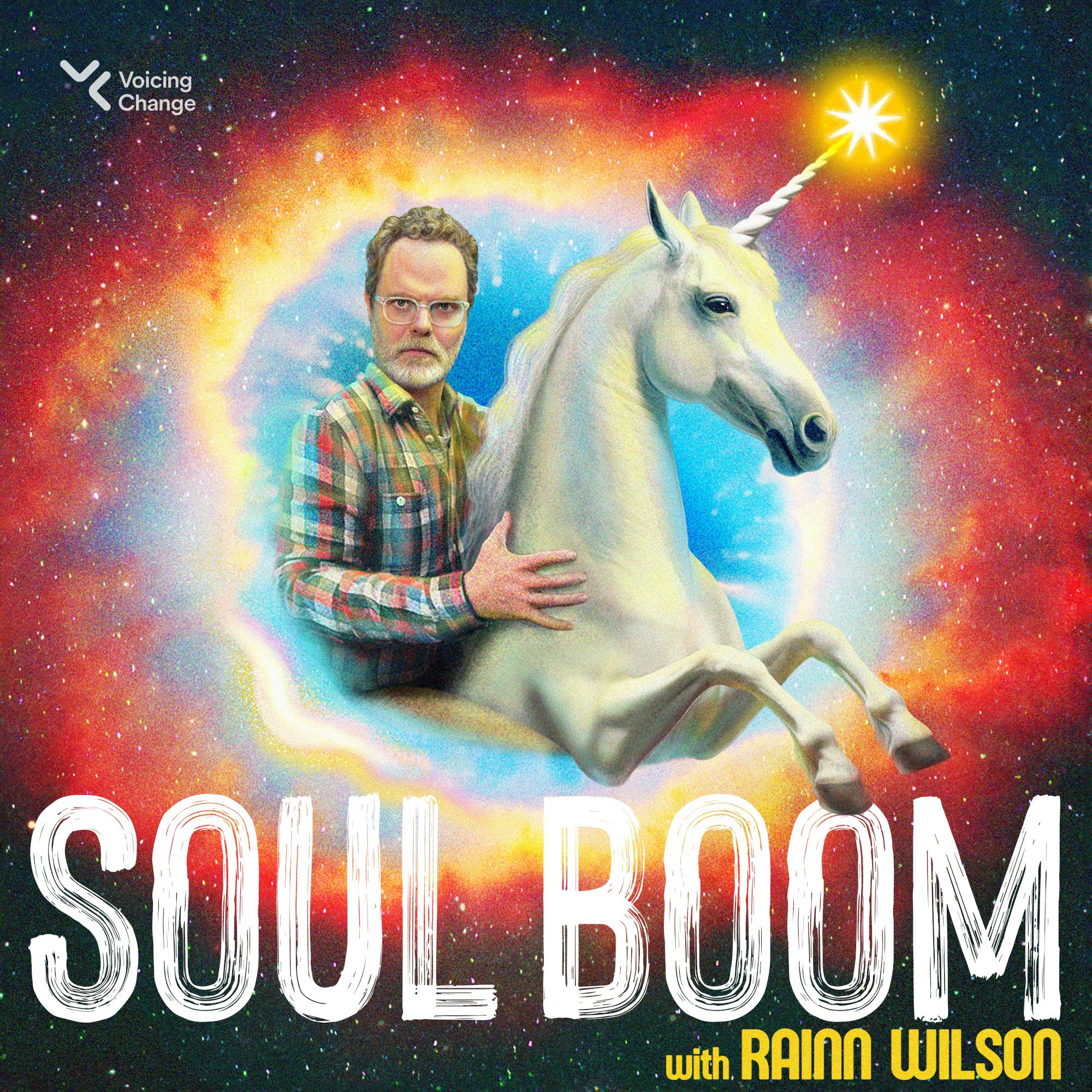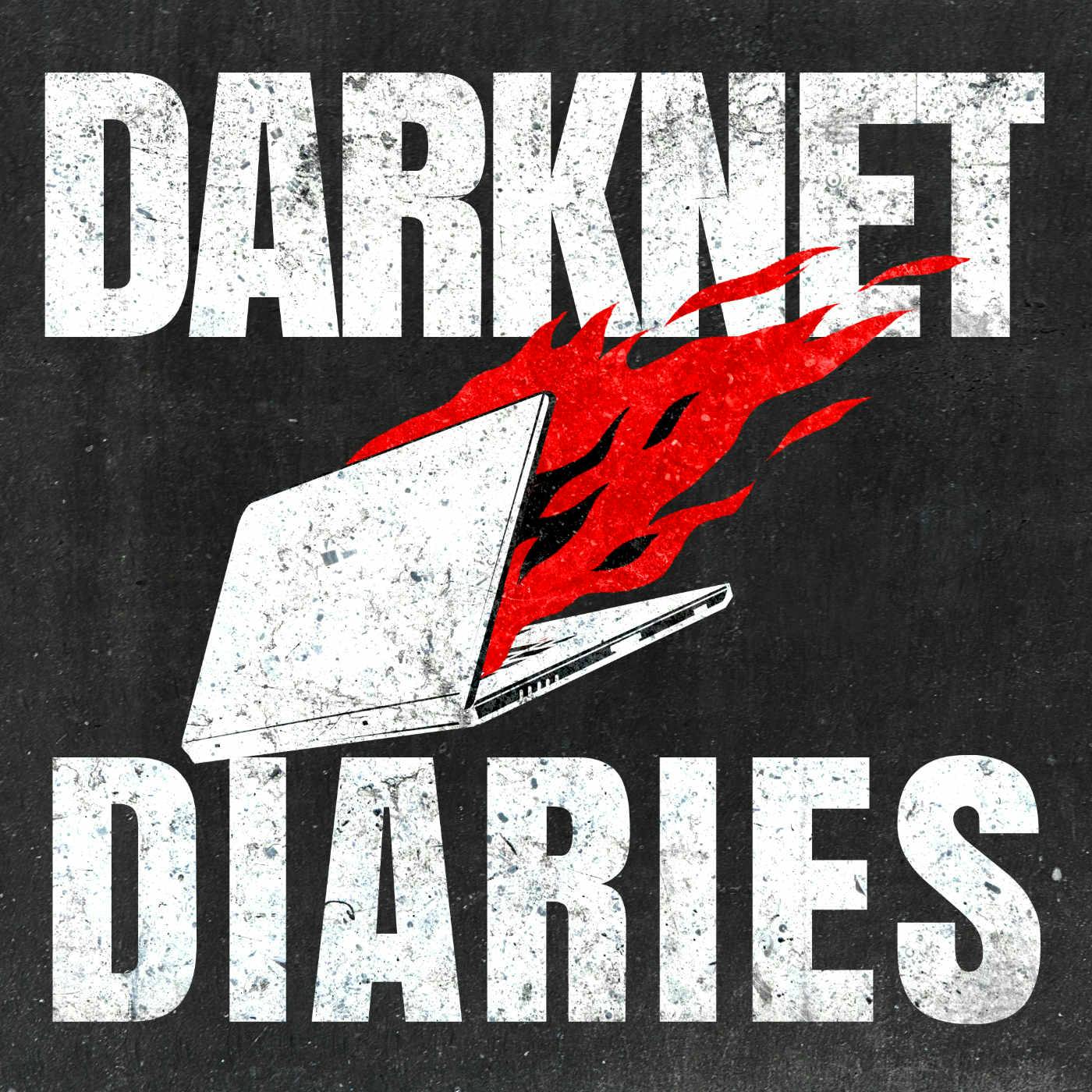
Fully Modulated
Fully Modulated is a broadcast engineering podcast discussing radio technology, broadcasting systems, and everything broadcast radio. Host Tyler Woodward, a professional broadcast engineer, explores radio engineering, transmission technology, emergency broadcast systems, broadcasting equipment, radio formats, and on air operations.
From AM/FM radio technology to digital broadcasting, RF engineering, radio programming, and station operations, each episode features technical discussions about how broadcast radio really works. Essential listening for broadcast engineers, radio professionals, on air talent, tech enthusiasts, and anyone interested in radio technology and broadcasting infrastructure.
Fully Modulated is an independent podcast, not affiliated with or endorsed by any station, media company, or network. All opinions are solely my own.
Fully Modulated
When disaster strikes, will your Netflix marathon keep you in the dark?
Have you ever wondered what happens when a tornado warning is issued while you're deep in a Netflix binge? Our emergency alert infrastructure, designed for the broadcast era of the 1990s, faces a critical challenge in today's digital world.
The Emergency Alert System (EAS) was built when everyone gathered around TV sets at scheduled times to watch their favorite shows. Today, with over 60% of Americans primarily consuming content through streaming services, these critical warnings often fail to reach their intended audience. As one public safety official bluntly put it, "If an alert goes out on a system no one uses, did it really happen?"
While newer systems like Wireless Emergency Alerts (WEA) buzz our phones with urgent notifications, they come with significant limitations – including a tiny 360-character limit that barely covers the basics of an emergency. Meanwhile, FEMA's Integrated Public Alert and Warning System (IPAWS) attempts to serve as a central hub for distributing alerts across multiple platforms, but participation from tech companies remains largely voluntary. There's no federal requirement for streaming services to integrate emergency notifications, creating a dangerous patchwork of coverage.
This episode explores practical steps you can take to stay informed (like enabling emergency notifications on your devices and checking if your streaming services support alerts) while examining the future of emergency communications. From the promising Common Alerting Protocol (CAP) to the challenges of designing alerts that command attention without becoming so annoying that users disable them, we unpack the complexities of modernizing our warning systems for the streaming age.
Whether you're a tech enthusiast, safety-conscious citizen, or broadcast professional, this deep dive into the intersection of emergency communications and modern media consumption offers valuable insights into a system we all depend on but rarely think about. Help us spread the word by leaving a rating, following the show, or sharing this episode with friends who care about staying safe in our increasingly digital world.
If you enjoyed the show, be sure to follow Fully Modulated and leave a rating and review on Apple Podcasts or your favorite podcast app—it really helps more people discover the show.
Fully Modulated is an independent podcast and website, not affiliated with or endorsed by any station, media company, or network. All opinions are solely my own.
What happens when your emergency alert system is stuck in the 1990s but the rest of us are binging shows and movies on our phones. Today we're exploring how EAS is or I guess, isn't keeping up with the streaming age. And, of course, spoiler alert. It's complicated. Hey there, and welcome back to Fully Modulated, the podcast where we make broadcast technology a little less mysterious and hopefully, a lot more interesting. I'm Tyler Woodward. I've been in the broadcast industry since 2014, and I'm currently a broadcast engineer in the upper Midwest. If you've ever yelled why is my favorite radio station off the air? Well, that was probably me crawling behind the rack trying to fix it. I'm a certified SBE, cbnt, lover of radios and the occasional breaker of things I'm supposed to be fixing. This show exists to help you understand how broadcasting really works, from the transmitters to the alerts. We break it all down in plain language. Today we're tackling a big question In the world of streaming apps and algorithms what happens to the old school emergency alert system? Can it evolve to reach us all or is it destined to be stuck in the analog past? And quick disclaimer the views and opinions expressed on this podcast are mine alone and don't reflect my employer or any affiliated organizations. This podcast does not cover policy matters or calls to action. That could conflict with my professional role.
Speaker 1:Let's talk about the digital divide. Eas meets the modern media. Eas was built in the 1990s, back when you had to wait for your favorite show to come on at 8 o'clock at night and you watched it on television that weighed as much as probably a small car. No Netflix, no Spotify, no YouTube, just broadcast signals sailing through the airwaves right to your television. The system was designed to be simple and reliable. Stations had hardware boxes, listening for special tones and digital headers that triggered the emergency messages. When something happened, let's say a severe thunderstorm warning or a civil emergency, eas would automatically interrupt the programming to get the word out. Fast forward to today. We're glued to smartphones streaming everything on demand. According to Pew Research, over 60% of US adults primarily watch television through streaming devices. Among younger folks, that number climbs even higher. Yet the emergency alert system still lives in its original broadcast lane. If you're watching a movie on your tablet or listening to a podcast in your car, no-transcript.
Speaker 1:This gap isn't just a theoretical problem. Imagine there's a fast-moving wildfire but you're deep in a Netflix binge. You'd never know. An evacuation order was issued on TV or radio. Eas was built to reach anyone tuned into broadcast media, but it never planned for the day when most people weren't. Plan for the day when most people weren't. Greg Cook, associate chief at the FCC's Public Safety Bureau, put it bluntly, quote the EAS was never intended to reach every American. It was intended to reach everyone watching or listening to broadcast media. Unquote. And that's the heart of the issue. In 2025, we don't have a single channel everyone shares. We have a million different apps out there and EAS hasn't followed us over there.
Speaker 1:Technology marches on, but can the alert system keep pace? While eas mostly stays in its broadcast lane, newer tools have stepped in to fill the gaps. One you probably know well is weA, the Wireless Emergency Alerts. That's the one that buzzes your phone with an amber alert or maybe a severe weather warning, often right when you're about to fall asleep. Wea and EAS both connect back to FEMA's Integrated Public Alert and Warning System, or IPAWS for short. Think of IPAWS as a giant hub. Authorized agencies can send one message and IPAWS distributes it to multiple channels TV, radio, cell phones and any other platform that's plugged in. Even Google is tied into this. In theory, this approach creates a broader safety net, in practice, it does have its limits. Wea alerts are capped at 360 characters barely enough space to squeeze in the what, where and when of an emergency. And not every jurisdiction uses IPAWS to its fullest potential. Some agencies still rely on outdated equipment or inconsistent protocols, which can lead to delayed or missing alerts.
Speaker 1:There's also the question of digital participation alerts. There's also the question of digital participation. Platforms like apple news and google have dabbed in the alert integration. Some news apps display official warnings, but participation is voluntary. There's no federal requirement that streaming services or even social platforms must carry alerts. So while while some companies step up, a lot of them don't. Antoine Johnson, who runs iPause at FEMA, summed it up best Quote. We designed iPause to be flexible, but participation from the tech sector is still largely voluntary, unquote. That leaves a patchwork system. Depending on what you're watching or which device you're using, you might get critical warnings or you might not.
Speaker 1:Quick tips for staying alert in the digital age. Number one enable emergency notifications on your smartphone. Most devices have this in the settings under notifications or safety. 2. Install a trusted weather app for real-time weather alerts. Noaa Weather Radio is also a great backup to have. 3. Check your streaming services. Some platforms let you enable emergency alerts. Dig into what your app supports and turn that setting on. Staying informed only takes a few minutes to set up. If you're enjoying Fully Modulated, help us spread the word. Leave a rating, follow the show or share this episode with a friend who loves tech just as much as you do.
Speaker 1:So let's talk about the future of alerts. What needs to happen next? How do we modernize EAS without losing its reliability? One idea is a new protocol designed specifically for digital platforms, instead of relying on broadcast infrastructure. It could push rich alerts, complete with maps, instructions and links, directly to apps and services.
Speaker 1:But technology is only part of the puzzle. There's also the design question. Alerts have to be visible enough to get attention, but not so intrusive that people disable them. And in an environment where algorithms decide what you see, ensuring consistency is the real challenge. The Common Alerting Protocol, or CAP, offers some hope. It's a standardized format that supports more detailed content like images and URLs. Cap makes it possible for news apps, navigation software and even smart speakers to display or read out alerts in a consistent way. But adoption, of course, has been slow. Many app developers aren't aware of CAP and there's no universal requirement to use it.
Speaker 1:Until there's more buy-in or a big wake-up call, eas will still keep operating as a system most people never encounter. As one public safety official bluntly put it, quote if an alert goes out on a system no one uses, did it really happen? Unquote. Eas is still an essential safety net, but it's no longer the whole story. As media gets more fragmented, emergency communication has to adapt or risk leaving millions in the dark. Next time we'll look at how state and local emergency managers coordinate alerts behind the scenes. You might be surprised by how much teamwork and duct tape it takes to keep these systems running. Got a story or question about EAS? There's a link in the episode description. Send it my way. If you love the show, consider becoming a modulator. For just three bucks a month you'll help keep the mics on and the transmitters humming head over the fullymodulatedcom to join. Thank you, bye.















